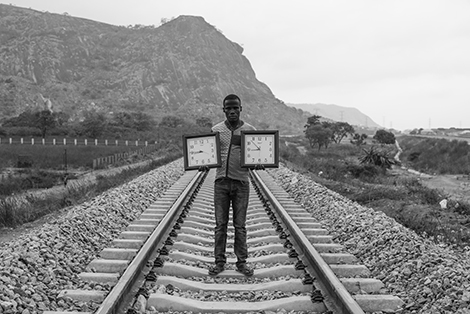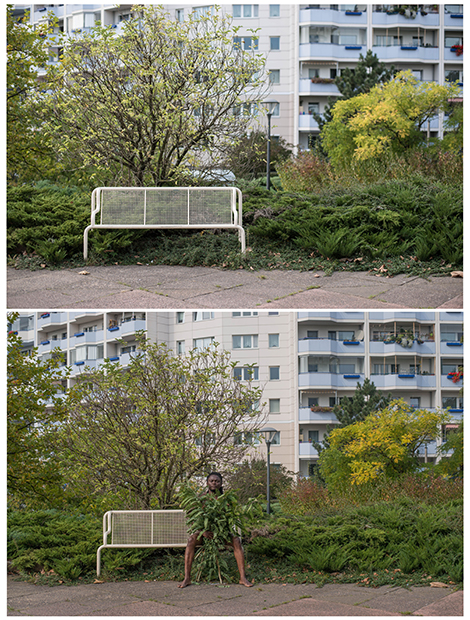| « A short interview with... Jakob Kolding | Open Call for BLOGGER IN RESIDENCE » |
A short interview with... Emeka Okereke
Summeracademy: Why did you choose photography as your medium?
Emeka Okereke: It was John Berger who, in “Ways of Seeing”, said something to the effect of "every photograph is a cultural construct”. I chose this medium for how it potently allows me to partake in the socio-cultural construct of the times we live in, its ambiguous relationship with past and present (and therefore the notion of time and space), or appearance and revelation. For me, it is a powerful tool for social commentary, but also for the re-imagination of established knowledge and histories. To this, I will add that I regard often photographs as an articulation of human interactions in all its multifarious trajectories and possibilities. Lately, when I see a photograph or make one, I am asking myself: what is the pulse of this photograph? This pulse can also mean a point of convergence of energies, thus a site for the resolution of tensions between differences. I am always in search of the pulsating traces of our everyday interactions, tensions that result from the perpetual negotiations of our humanness.
[Emeka Okereke, Dilemma of a New Age II, (from the series: Exploring a void), 2016, copyright: Emeka Okereke]
S: What are you going to teach your students?
E: In this course, we’ll look at how to translate communal experiences into subjective truths. Where are the tensions, the insecurities and how do we turn that into itself? How do we transcend borders of preconceived notions to arrive at freshly acquired perceptions? It is to give in to the precariousness of Self with hopes of entering sites of new knowledge sustained by intersecting energies resulting from differences. At the end of the two weeks course, I hope that the works produced by the students will be precipitates of this relationship between the subjective and the collective, through every day experiencing in a communal context.
S: How does your political point of view influence your work or the topics you choose?
E: One significant indication of this is in the use (or the presence) of the body in most of my work. The central theme of my work is borders. Within this I am, more often than not, alluding to the role of the body as an active denominator, an object of useful agitation, or an active-thinking entity – with memory, history, language, appearance, and not least of all, inscribed violence – in the negotiation, or better still, disruption of notions of space, time and imposed cartographies.
13/03/18 17:37 Summer Academy 2018



